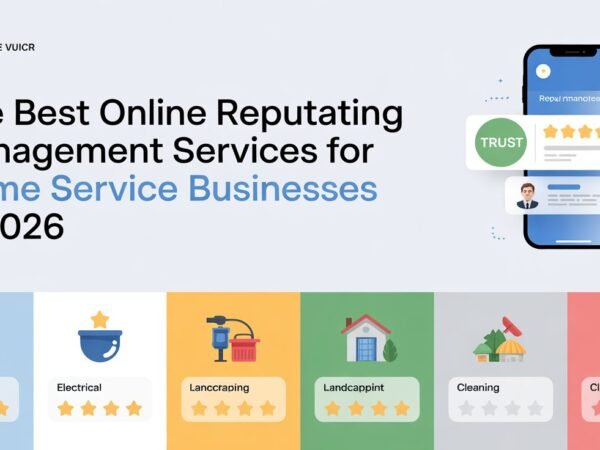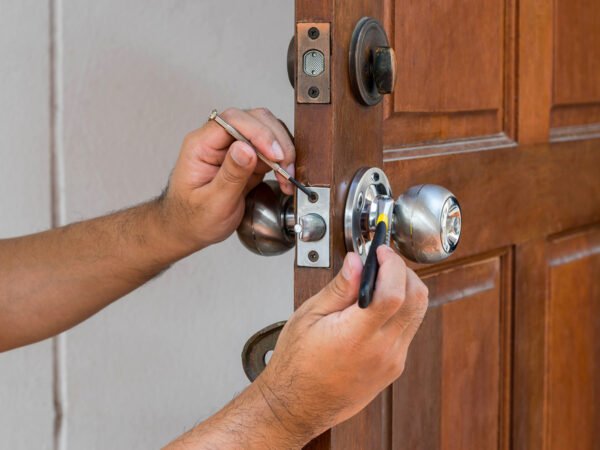Let’s face it—manually tracking attendance is time-consuming, error-prone, and outdated. Every minute counts whether you’re managing a growing business, a busy school, or a remote team. That’s where automated attendance tracking comes into play. It’s not just a tech trend; it’s an innovative solution that replaces the hassle of paper logs, spreadsheets, and punch cards with something much more precise and efficient. This blog will explore how this digital shift saves time, streamlines operations, and transforms team management—one innovative feature at a time.
Why the Old Ways Are Slowing You Down
First things first, let’s discuss the traditional approach. Logging attendance with pen and paper or even simple digital spreadsheets seems harmless until you spend hours verifying entries, fixing errors, or tracking down someone who forgot to sign in.
Besides wasting valuable time, manual systems are often unreliable:
- Handwritten entries can be messy, hard to read, or even falsified.
- In larger teams, gathering attendance records can feel like a daily chore, dragging down productivity.
- Human error is common and can affect your bottom line when it happens regularly.
What Is Automated Attendance Tracking?
So, what exactly is automated attendance tracking? Simply put, a digital system automatically logs when someone starts or ends their workday. This can be done through:
- Mobile apps
- Biometric scanners
- RFID cards
- Facial recognition
- GPS check-ins
It removes the manual effort of signing in and replaces it with a system that works in real-time.
Each time someone clocks in, the system records:
- The exact time
- Location
- Sometimes even the device used
This data is securely stored and instantly available for reports, analysis, and reviews.
The Key Benefits You Shouldn’t Ignore
Let’s break down the benefits of automated attendance tracking and why it’s quickly becoming essential in modern workspaces.
Time-Saving Operations
The most immediate benefit? You save hours every week. No more:
- Digging through sheets
- Verifying times
- Emailing back and forth
Everything is recorded and organized automatically.
Accuracy You Can Trust
Automation reduces errors to nearly zero. Since the system logs actual timestamps, it leaves no room for:
- Guesses
- Tampering
- “Buddy punching”
- Forgetful check-ins
Real-Time Insights
Want to know who’s on the floor right now? Did your remote team start their shift on time? Real-time dashboards offer immediate visibility so that you can make decisions without delay.
Custom Reports at Your Fingertips
Do you need:
- Weekly summaries
- Monthly breakdowns
- Custom reports?
Most automated tools have built-in analytics, letting you pull detailed reports without external help.
Improved Staff Accountability
Knowing that attendance is tracked in real time encourages team members to:
- Be punctual
- Be consistent
This leads to:
- Better time management
- Increased trust between staff and management
How Businesses Are Using It Today
Every industry has needs, and automated attendance tracking is flexible enough to meet them:
- Retail: Staff clock in via biometric terminals or QR codes.
- Remote teams: Employees use mobile apps to check in from anywhere.
- Healthcare: Shift changes are logged instantly, helping managers avoid under- or overstaffing.
- Construction: Workers tap in with RFID cards upon entering job sites.
These real-world use cases highlight the system’s versatility. You don’t need to overhaul your entire setup—plug the right tool into your existing workflow.
Features That Make a Difference
All automated tracking tools aren’t created equal. Look for features that add real value:
- Geo-fencing: Only allows check-ins from approved locations.
- Facial Recognition: Prevents buddy punching and ensures identity verification.
- Mobile Compatibility: Allows check-ins on-the-go for remote teams or on-field staff.
- Cloud Integration: Ensures data is always backed up and accessible.
- Multi-user Dashboards: Gives managers, HR, and team leads different access levels.
These features don’t just boost efficiency; they build a more innovative, more transparent work culture.
What About Privacy?
Now, it’s natural to worry about digital tracking and personal data. The good news? Most modern systems are built with privacy in mind:
- Data is encrypted
- Access is controlled
- Team members are informed about how their attendance is being recorded
A great system balances productivity with respect, ensuring everyone feels comfortable and in control.
Getting Started Is Easier Than You Think
Switching systems might feel overwhelming, but setting up automated attendance tracking is surprisingly straightforward. Here’s an essential roadmap:
- Choose Your Tool: Pick a solution that suits your team size, location type, and workflow.
- Onboard Your Team: A brief training session is usually enough to get everyone on board.
- Go Live: Start with a small pilot, collect feedback, then roll it out company-wide.
- Analyze & Adjust: Use reports to fine-tune your processes and catch any bottlenecks early.
Most providers offer support during onboarding, and some even include integrations with existing HR or payroll software.
Long-Term Gains You Can Count On
Over time, automated attendance tracking does more than just clock-in and clock-out data—it helps leaders:
- Make better staffing decisions
- Avoid unnecessary delays
- Understand team behavior more clearly
You’ll notice:
- Fewer absences
- Less tardiness
- More consistent workflows
- Freed-up admin time for growth and strategy
FAQs About Automated Attendance Tracking
Is automated attendance tracking suitable for small businesses?
Absolutely. Small teams often benefit the most. It reduces admin load and helps owners focus on running their business rather than manually tracking hours.
Can remote teams use this system?
Yes. Most platforms offer mobile check-ins with GPS tracking to confirm locations, making them perfect for remote or hybrid teams.
How secure is the attendance data?
Most modern systems use encrypted storage and access controls to ensure only authorized users can see attendance logs.
Do I need special hardware?
Not always. Some systems work via smartphones or browsers, while others offer biometric or RFID options if needed.
What if someone forgets to clock in or out?
Most platforms allow employees or managers to submit time corrections, but they’re logged and tracked for transparency.
Conclusion
Now is the perfect time to switch if you’re still stuck with paper logs or basic spreadsheets. Automated attendance tracking isn’t just about keeping records—it’s about building more intelligent systems that save time, improve accuracy, and promote accountability. By embracing automation, you’re not just keeping up with technology—you’re using it to work smarter, manage better, and grow faster. So, whether you’re a startup founder, school administrator, or team leader, take the first step toward a more efficient future. Because when it comes to managing time, every second counts.
Do Read: How Digital Creators Are Scaling Faster With Smart Social Growth












